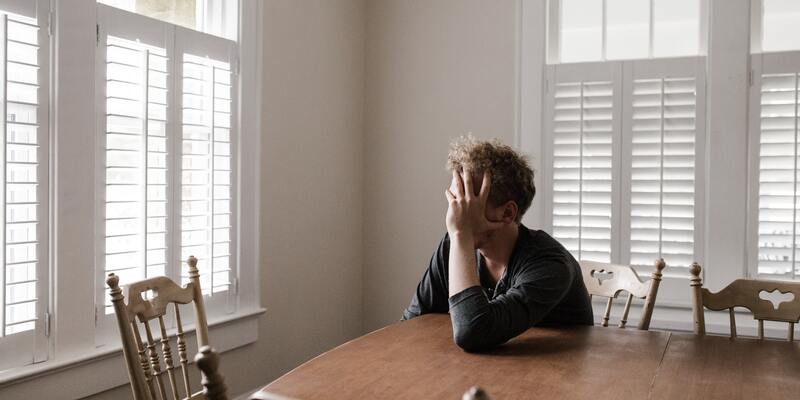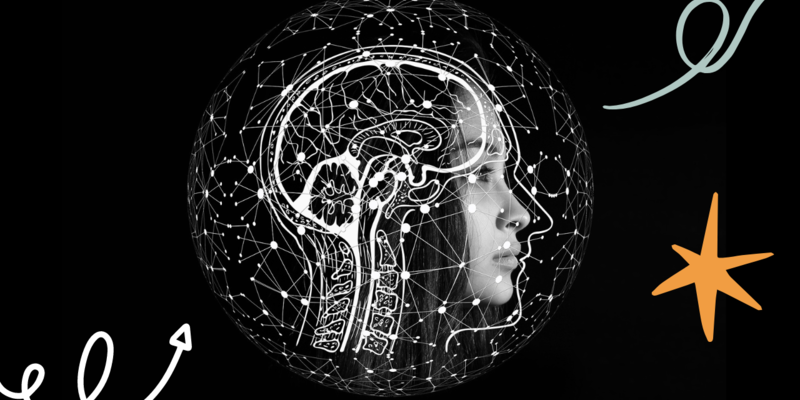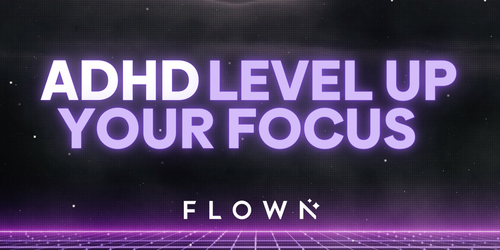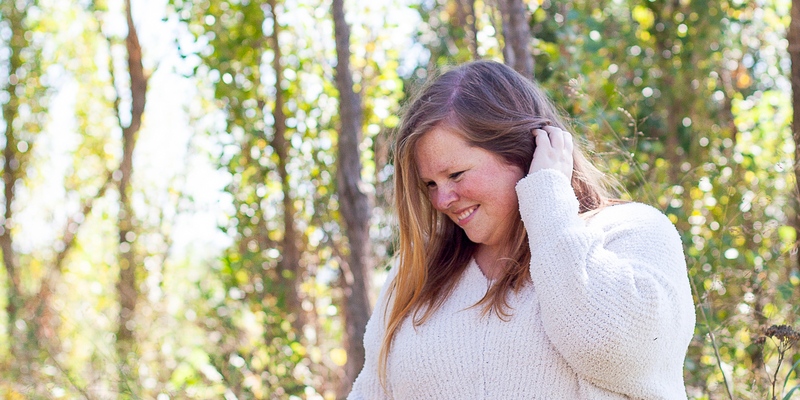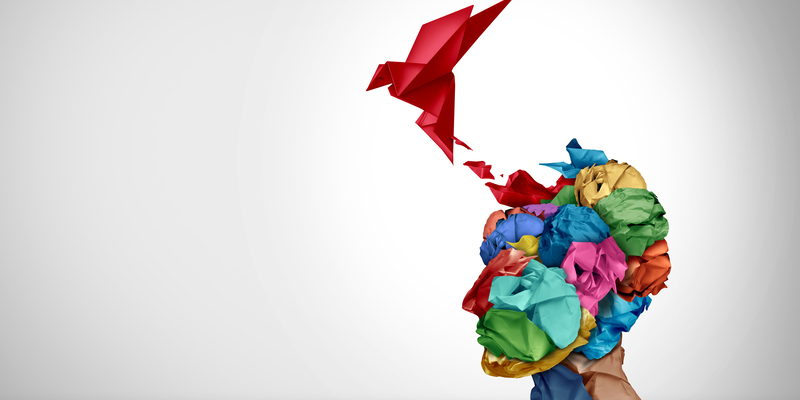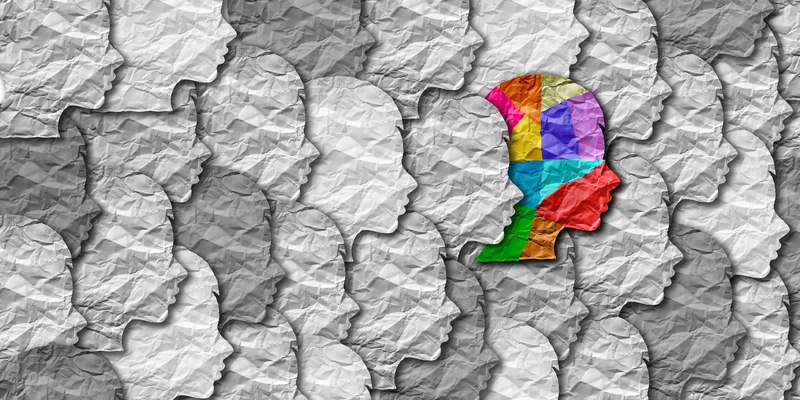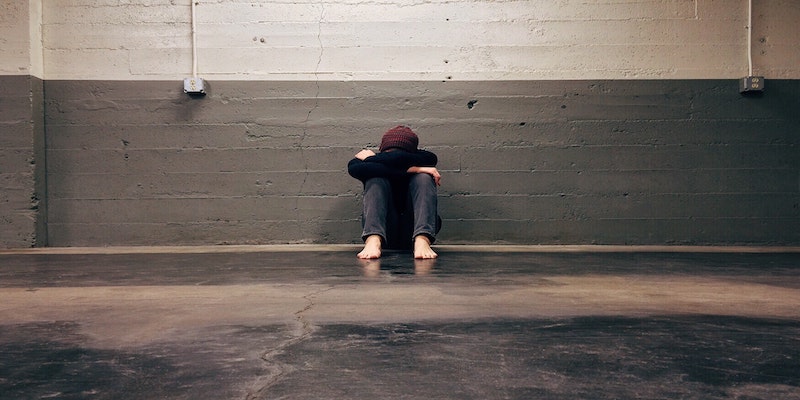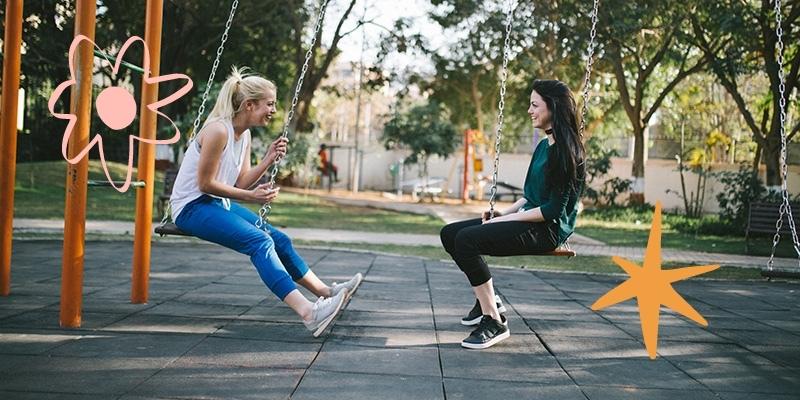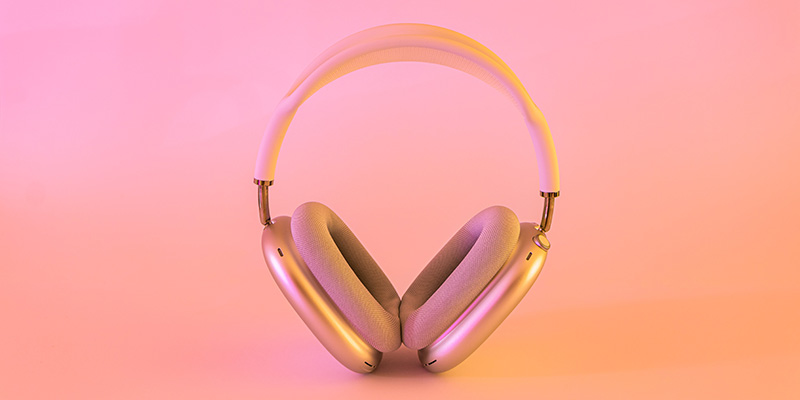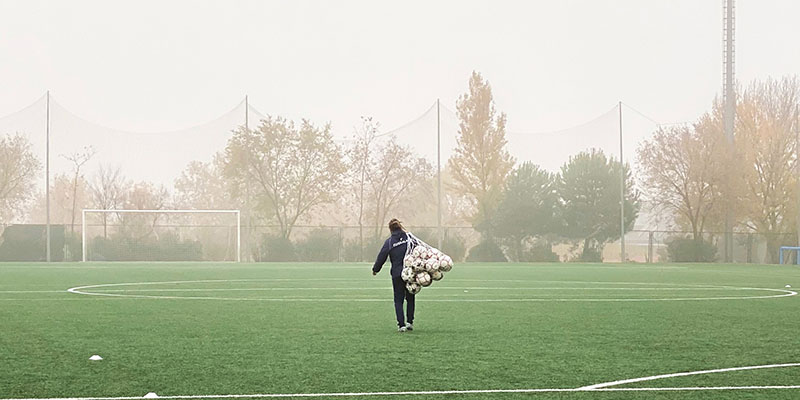ADHD video: What are visual tactile cues and how to use them

By Kit Slocum
•
Oct 04, 2024
What next?
Tactile visual cues: video transcript
You may have heard of using visual cues to help remember tasks – things like pictures, symbols, or brightly colored sticky notes placed strategically around your environment. These can be useful for remembering important information.
However, for folks with ADHD, there's often a heightened chance of inattentional blindness. This means that if something stays in our line of sight for too long, we eventually stop noticing it. It's kind of counterintuitive, but that’s why sticky notes or written visual cues may not always work.
If this sounds like you, I encourage you to try using a tactile visual cue. This means you have to physically touch or interact with something in order for the behavior or task to be triggered.
Here are a few examples:
If you always forget your keys (like I do), try hanging them over a doorknob or a light switch. That way, when you leave the house or turn off the lights, your hand has to touch the keys – giving you a reminder as you go.
Another example is pairing tactile cues with habit stacking. Say you remember to feed your cat at 7 a.m. because he’s loudly meowing at you. Place your medication on top of your pet’s food or medication, so you have to physically pick up yours first before feeding your pet. This ensures you're reminded to take it.
You can also combine tactile cues with written reminders. For instance, I use what I call my "bed sticky" – a sticky note on my pillow or blanket – to help me remember part of my night routine. To get into bed, I have to touch that sticky note, giving me the nudge I need.
The key idea here is to physically interact with something to trigger a task.
It’s okay if it’s not perfect right away (or ever) – this is just one simple trick I share with my ADHD clients who struggle with traditional visual cues.
Hope this helps!
